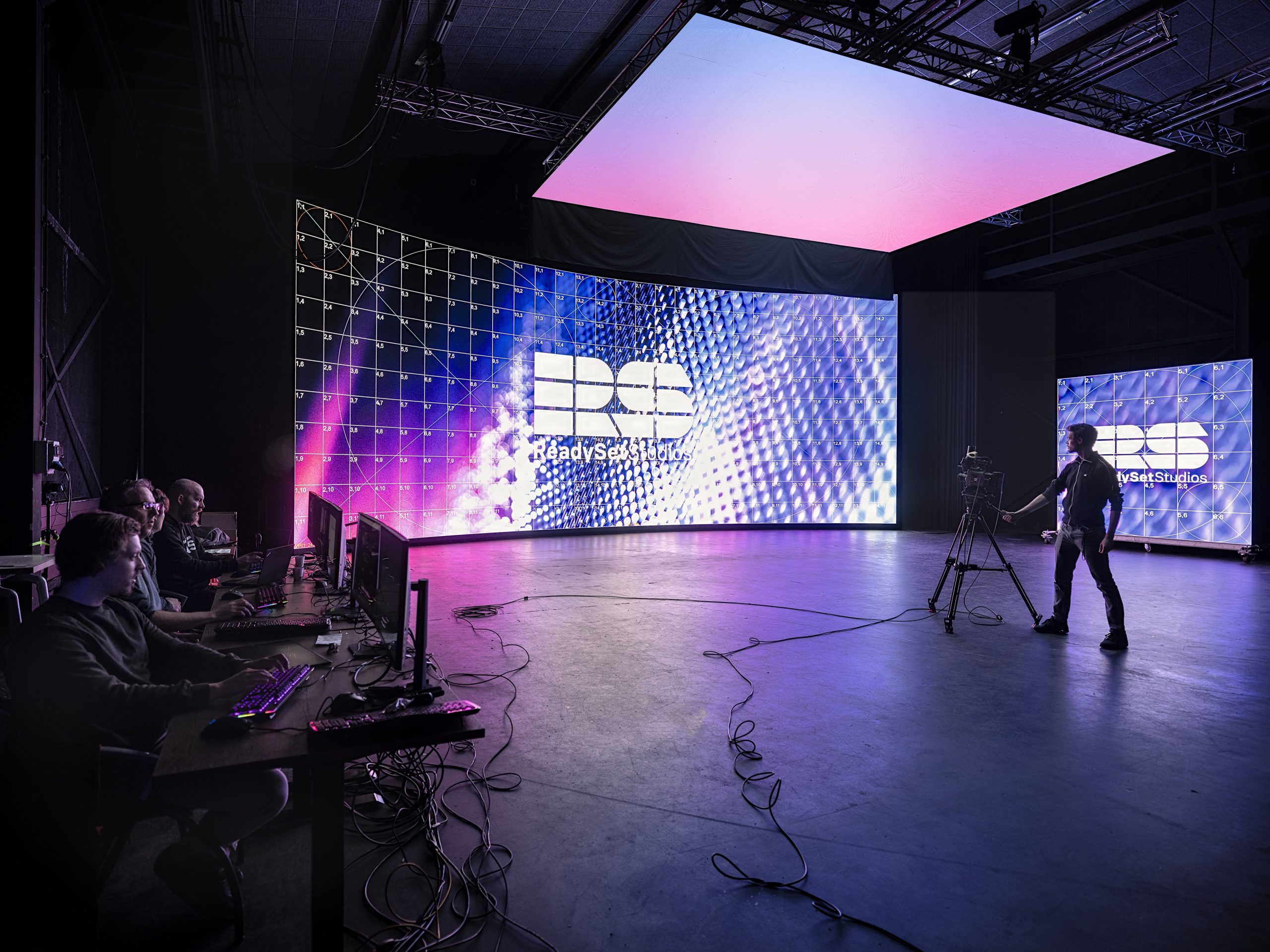Exploring The Way Resolution Affects the Performance and Visual Caliber of LED Screens in Contemporary Display Technology
Exploring The Way Resolution Affects the Performance and Visual Caliber of LED Screens in Contemporary Display Technology
Blog Article
Light Emitting Diode walls are growing increasingly common in various settings, including musical events and sports events to business displays and art installations. One of the most crucial elements that affect the performance and visual clarity of these screens is image clarity. Resolution denotes the number of picture elements that compose the image on the screen. Higher resolution means additional picture elements, which can lead to clearer and crisper visuals. Grasping how resolution affects LED screens can assist operators make knowledgeable decisions about their screen needs.
When talking about image clarity, it is crucial to take into account picture spacing, which is the gap between the midpoint of one picture element to the midpoint of the next pixel. A smaller pixel pitch results in a higher image clarity, enabling additional clarity in the visuals displayed. For example, an LED wall with a pixel pitch of 1.5mm will provide a clearer image than one with a pixel pitch of 3mm. This is particularly crucial in settings where audiences are near to the display, such as in a compact venue or a trade show booth. In these cases, a greater image clarity can greatly enhance the viewing experience.
Another aspect of resolution is its impact on color precision and luminosity. LED screens with higher resolutions often have superior led panel color accuracy tools hue rendering, indicating that the hues displayed are more vibrant and true to life. This is crucial for applications like advertising, where the goal is to capture interest and communicate a message effectively. Additionally, higher image clarity screens can preserve brightness levels even when viewed from various perspectives. This is crucial in large venues where audiences may be positioned at different ranges and positions from the display.
The functionality of LED screens is also influenced by image clarity in terms of refresh frequencies and response times. A higher resolution display can handle faster update frequencies, which is crucial for fast-moving material such as films and motion graphics. This means that the visuals on the display will look smoother and increasingly fluid, enhancing the overall observing quality. In comparison, reduced resolution screens may struggle with fast-moving content, leading to blurriness or lag. Therefore, for events that rely on high-energy visuals, selecting a screen with a appropriate image clarity is vital.
In summary, resolution plays a vital role in determining the performance and visual quality of LED walls. Factors such as pixel pitch, color accuracy, brightness, update frequencies, and reaction times all contribute to how effectively a display can communicate information and capture viewers. As technology continues to advance, understanding these elements will help users select the right LED screen for their specific needs, ensuring that they obtain the best possible results in their displays and events.